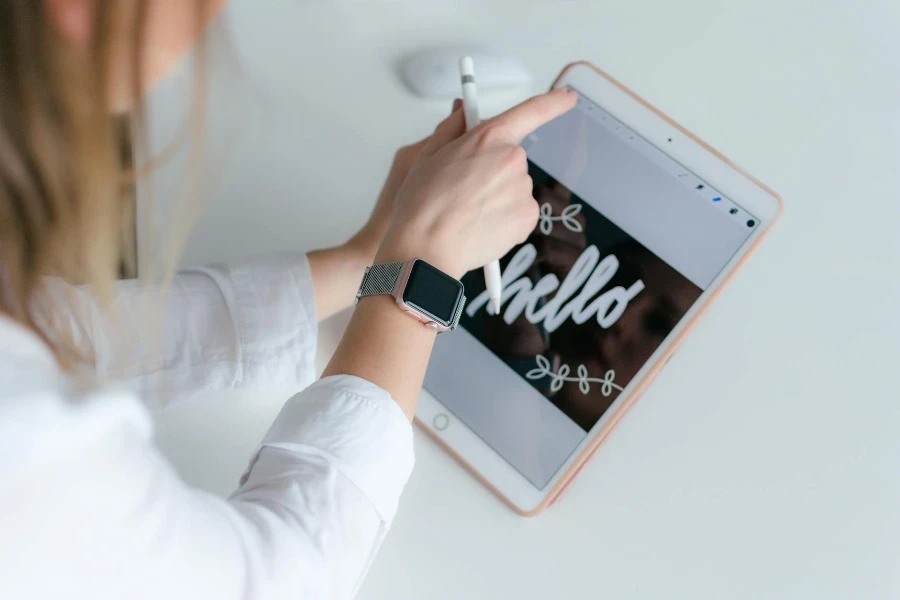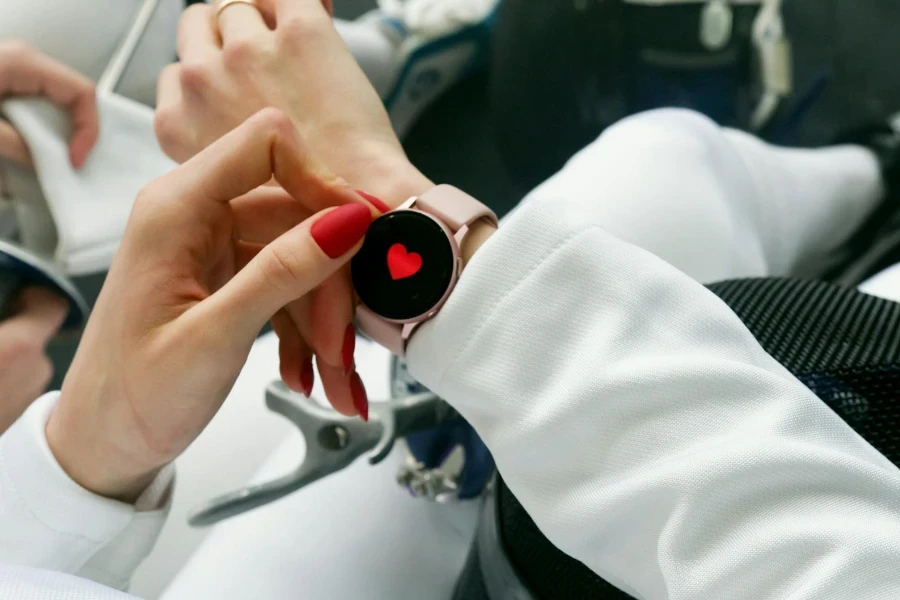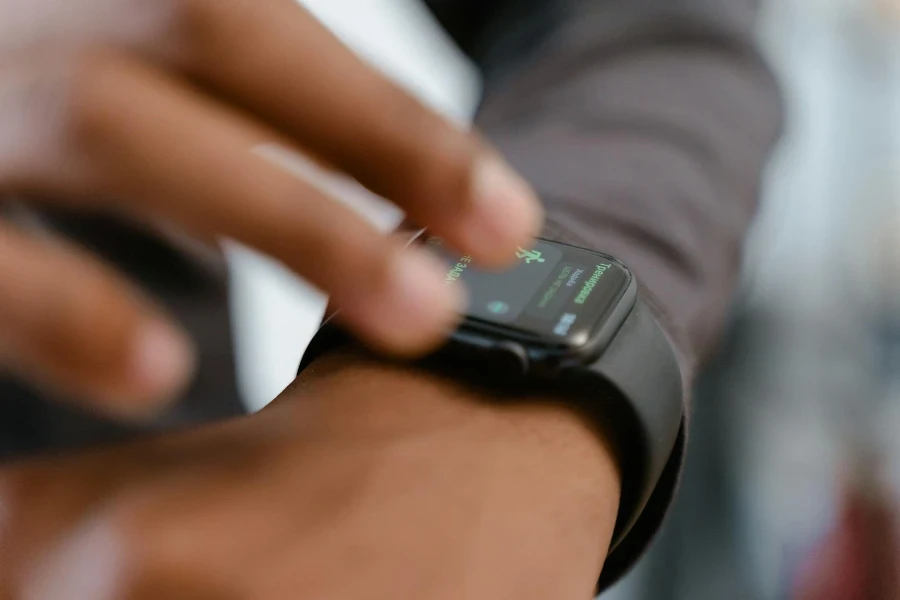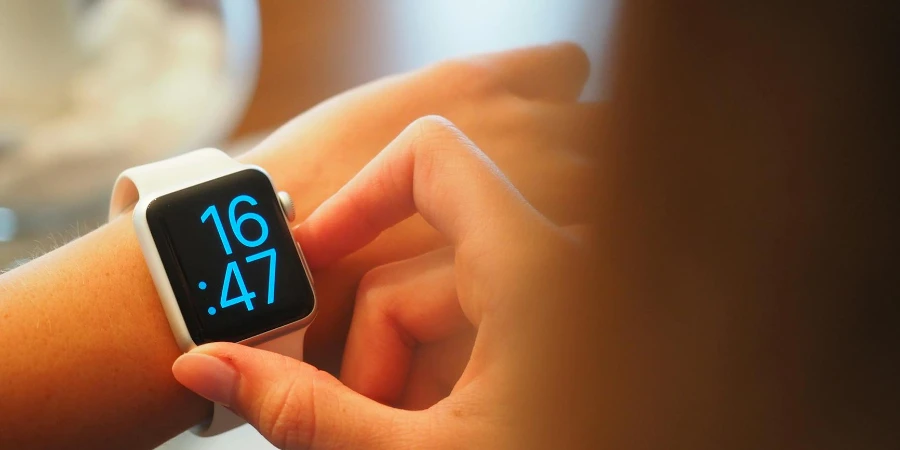In an era where technology is an extension of our bodies, smartwatches have emerged as the quintessential accessory for the modern individual. These wearable gadgets do more than just tell time; they are a gateway to a world of convenience, health tracking, and connectivity right on your wrist. Whether you’re a tech enthusiast or someone looking to streamline their daily routine, understanding the ins and outs of smartwatches is key.
Table of Contents:
1. What is a smartwatch?
2. How does a smartwatch work?
3. Benefits and drawbacks of a smartwatch
4. How to choose a smartwatch
5. How to use a smartwatch
What is a smartwatch?

A smartwatch is a wearable device that offers a plethora of functionalities beyond timekeeping. Equipped with a touchscreen interface, it’s designed to provide notifications, calendar reminders, fitness monitoring, and even mobile connectivity directly from your wrist. Unlike traditional watches, smartwatches are an extension of your smartphone, offering a seamless and interactive way to stay connected with the digital world.
Smartwatches are powered by various operating systems that support a wide range of apps and features. From tracking your daily steps, monitoring your heart rate, to controlling your home automation devices, these gadgets are designed to enhance and simplify your daily activities. The integration of voice commands, GPS navigation, and water-resistant capabilities has further expanded the utility and appeal of smartwatches.
The evolution of smartwatches has been rapid, with advancements in battery life, display technology, and sensor accuracy. Today, these devices are not only a statement of style but also a testament to how wearable technology can improve our lifestyle and health.
How does a smartwatch work?

At its core, a smartwatch functions by pairing with your smartphone via Bluetooth or Wi-Fi, acting as a secondary display and interaction point. This connectivity allows the smartwatch to display notifications, messages, and alerts without the need to pull out your phone. Advanced models can even handle calls, reply to texts, and interact with apps independently, thanks to built-in cellular capabilities.
Smartwatches are equipped with a variety of sensors to track physical activity and health metrics. Accelerometers and gyroscopes measure movement and orientation, making them perfect for counting steps, detecting workouts, and monitoring sleep patterns. Heart rate monitors and GPS sensors add another layer of functionality, offering detailed insights into your fitness activities and locations.
The software ecosystem of a smartwatch plays a crucial role in its operation. Operating systems designed specifically for wearables support a range of applications, from fitness tracking and navigation to music playback and contactless payments. These platforms are constantly evolving, with developers creating apps that leverage the unique capabilities of smartwatches, enhancing the user experience.
Benefits and drawbacks of a smartwatch

The benefits of wearing a smartwatch are vast. They serve as an extension of your smartphone, making it convenient to stay connected and receive notifications without constantly checking your phone. Fitness enthusiasts appreciate the health and activity tracking features, which motivate and provide insights into their physical well-being. Moreover, the convenience of having access to apps, music, and payment options right from your wrist is unparalleled.
However, smartwatches are not without their drawbacks. The dependency on a smartphone for full functionality can be limiting for some users, especially those who prefer to leave their phones behind. Battery life is another concern, as advanced features and constant connectivity demand regular charging, unlike traditional watches. Additionally, the cost of a smartwatch, along with the need for occasional software updates and compatibility issues, can be deterrents for potential users.
How to choose a smartwatch

Selecting the right smartwatch involves considering several factors. Compatibility with your smartphone is paramount, as it determines the level of connectivity and functionality you can expect. Battery life is another critical aspect, as it affects how often you’ll need to charge the device. Users should also evaluate the available health and fitness features, deciding which metrics are most important for their lifestyle.
The design and display of a smartwatch are worth considering, as they impact both aesthetics and usability. Look for a device with a comfortable fit, durable construction, and a screen that’s easy to read in various lighting conditions. Finally, consider the app ecosystem and additional features like water resistance, GPS, and mobile payment capabilities, which enhance the utility of the smartwatch.
How to use a smartwatch

Using a smartwatch effectively requires a bit of setup and personalization. Start by pairing it with your smartphone, a process typically guided by an app provided by the smartwatch manufacturer. Once connected, customize the notifications and app preferences to suit your needs, ensuring you’re alerted to the most important information.
Explore the health and fitness features, setting goals and monitoring your progress over time. Utilize built-in tools like alarms, timers, and calendars to manage your daily tasks and appointments. Experiment with different watch faces and apps to find the combination that best fits your lifestyle and preferences.
Conclusion:
Smartwatches have transformed the way we interact with technology, offering a blend of convenience, health tracking, and connectivity in a compact, wearable form. By understanding how they work, their benefits and drawbacks, and how to choose and use one, you can unlock the full potential of this innovative gadget. Whether for fitness tracking, staying connected, or simply telling the time in style, a smartwatch is a versatile accessory for the tech-savvy individual.




